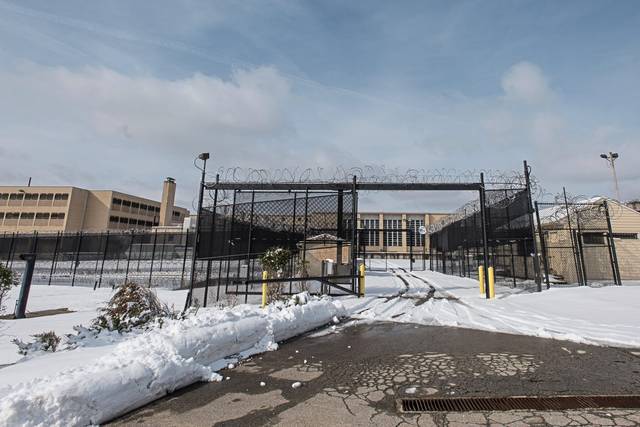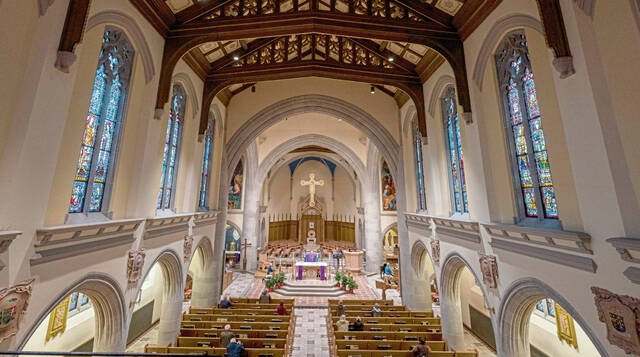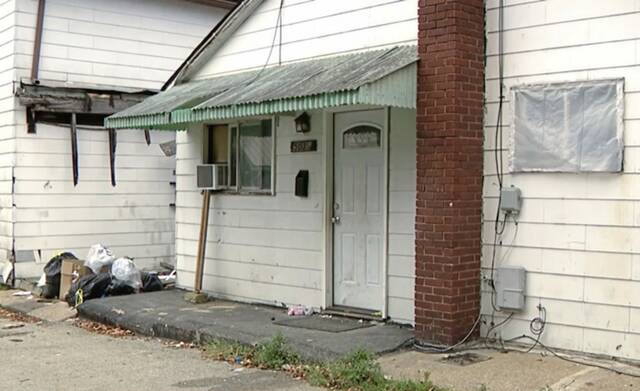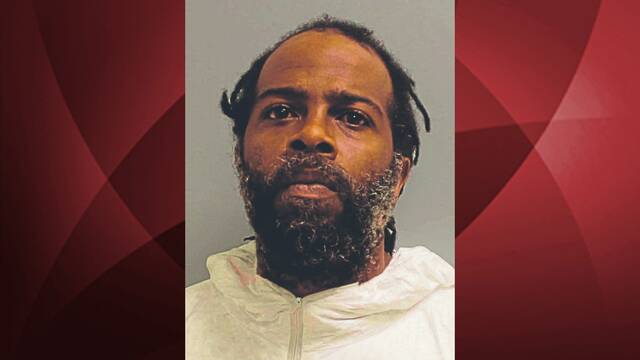Hempfield residents and leaders could still be feeling the effects of SCI Greensburg closing as the census — and its potential funding and determination of legislative districts — looms on the horizon.
The once-a-decade survey counts prisoners as members of the community where the lockup is located — a decision that has spurred debates across the country for years about whether prisoners should be counted in their home communities or in the prisons, or what census officials refer to as institutionalized populations.
But the 2020 census is no exception to what some are calling prison gerrymandering and could reveal the effects SCI Greensburg’s closing had on the community.
Chris Briem, regional economist at the University of Pittsburgh, said debates on how prisoners are counted in the census often focus on “political redistricting — in areas with jails and prisons — can have added population which is shifted away from other areas. So, for the impact of closings, you get the inverse.”
Located on South Grande Boulevard, SCI Greensburg housed almost 990 prisoners in 2012, the year before the facility closed, according to the Pennsylvania Department of Corrections. State Rep. Eric Nelson, R-Hempfield, said that number equates to about one or two neighborhoods.
According to Nelson, that loss in population for the township will come in the form of legislative redistricting, meaning the amount of representation a community has at the state level. While the prison closed in 2013, legislative districts are redrawn only every decade during the census and are based on an area’s population.
This means that districts around Westmoreland and Allegheny counties could grow, Nelson said, giving state representatives a larger coverage area. Right now, Hempfield is split among four representatives: Republicans Nelson, George Dunbar, Justin Walsh and Mike Reese.
“I am anticipating that it will have an effect and, I mean, we’ve had some other areas where there’s been growth, pockets where new residents have come in the area, but it will have an adverse effect on our area,” Nelson said.
According to Aleks Kajstura, legal director at Prison Policy Initiative, a nonprofit advocacy group, the prison closure itself will not have a large impact on the community because of Hempfield’s population of 42,300 people.
The issue comes in, Nelson said, with the shrinking population on the western side of the state and the growing population on the eastern side.
“Unfortunately, the reality is it will mean more strength for the southeast, for the east and southeastern part of the state, because they’re going to get more representation, and I think what we have to do in our region is really embrace our strengths and work together to build our economy and jobs so we’re having families relocate to Westmoreland County,” Nelson said.
Those shifts in population could send more representatives to eastern parts of the state and the Philadelphia area, which saw an increase of about 65,930 people through births between 2010 and 2018.
Westmoreland County experienced the largest decrease in population across the state, losing more than 14,580 people since 2010. In that time, Hempfield had a decrease in population of 4.9%.
And limited housing growth in the township has not helped to make up for that lost prison population.
Financial ramifications
As for state and federal funding, SCI Greensburg’s closing should have little effect on the township, said Brian Lawrence, deputy director for the Westmoreland County Planning Division.
“Given the small percentage that prisoners represented out of the total population (roughly 2.9%) and that most funding formulas consider more than population alone, I’d venture a guess that it was a small figure,” Lawrence wrote in an email to the Tribune-Review.
Programs that use population as part of their funding formulas include the U.S. Department of Housing and Urban Development along with the Community Development Block Grant, HOME Investment Partnership program and Emergency Solutions Grants.
Other issues could pop up when the township asks for federal funding based on population counts for municipal or countywide projects, said township Supervisor Doug Weimer, referring to the now empty SCI Greensburg.
SCI Pittsburgh, which had a prisoner population of more than 1,875 in December 2016, closed in 2017. Formerly located in the Marshall-Shadeland neighborhood, the prisoner population added to the 301,720 residents living in the city of Pittsburgh in 2017, census estimates show.
In the nine-county region of Southwestern Pennsylvania — including Westmoreland, Allegheny, Armstrong, Beaver, Butler, Fayette, Greene, Indiana and Washington — there are two state prisons.
In May 2019, SCI Fayette had more than 2,080 prisoners and SCI Greene housed over 1,765, according to data on the Pennsylvania Department of Corrections website.
Prison gerrymandering
Across the country, states are starting to pass laws that require prisoners to be counted at their home addresses in terms of drawing legislative lines, including California, Delaware, New York and Maryland, NPR reported.
Pennsylvania’s proposed bill, House Bill 940, would require prisoners to be counted at their home address.
“In the interests of all Pennsylvanians, it is our duty as legislators to do everything in our power to ensure accurate and equal representation within our districts,” said state Rep. Janna McClinton, D-Philadelphia/Delaware. “My legislation will allow Pennsylvania to collect the home addresses of incarcerated people and correct the data statewide, accurately reflecting incarcerated populations and guaranteeing fair and equal representation of each citizen.”
The bill was sent to the House State Government Committee on March 25.








